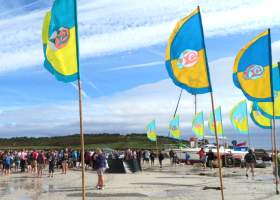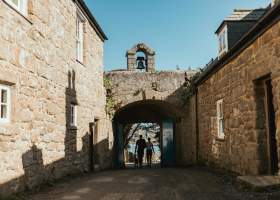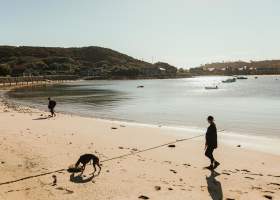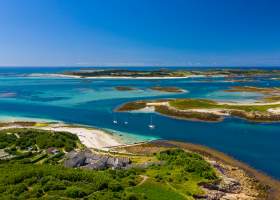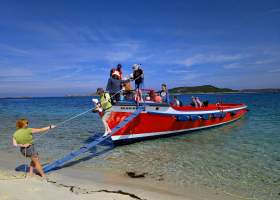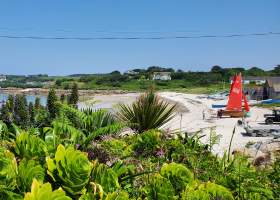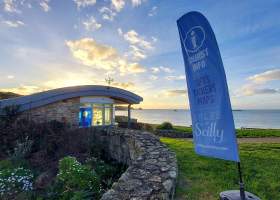The entire archipelago is a garden in one and a kaleidoscope of colour with horticulture, husbandry and natural flora happily living side-by-side.
Turn any corner on a walk on the Isles of Scilly, at any time of year, and the colours are there to greet you - in the winter flower fields, along the vibrant hedgerows, amongst the subtle heathlands, beside the coastal shores or in manicured residents’ gardens - are simply superb.
Whilst this is to some extent true, the balance between nature and artifice is delicate, complex, and ever changing, and stretches back in time as long as humankind has inhabited these isles. Indeed, a flick through old photographs from just a generation ago reveals a very different landscape on Scilly to one we’re used to seeing today.
The beloved cobalt-blue and white agapanthus found in gardens and hedgerows are native to New Zealand, as are the swathe of pittosporum hedges that line and protect the fields of dainty white and yellow narcissi.
Aeoniums originally came from the Canary Islands and Africa and, of course, Tresco Abbey Garden boasts some 20,000 plants and flora from all around the world.
But don’t let this detract or distract; it’s because of the Isles of Scilly’s fantastic warm, maritime climate and natural environment that these immigrant sub-tropical plants and flowers now thrive alongside native species – and it’s what gives visitors and residents so much to indulge in and enjoy alongside the wilder marram grass, elms, pink sea thrift and tiny eyebrights.
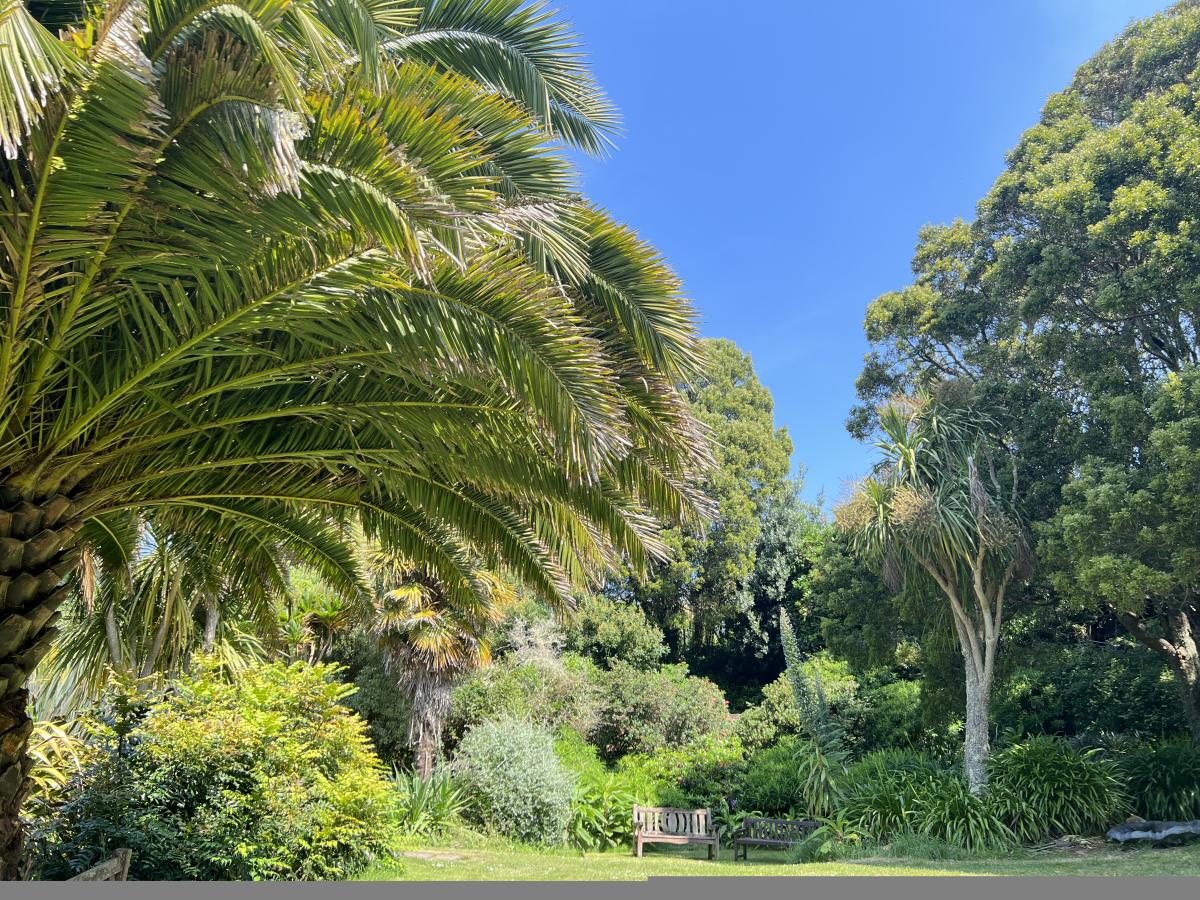 Image credit: Sit a while amidst the peace at Carreg Dhu, St. Mary's
Image credit: Sit a while amidst the peace at Carreg Dhu, St. Mary's
The relationship between the people of Scilly and gardens on the islands is perhaps most obvious in the community-led and most peaceful of spots - Carreg Dhu garden (pronounced ‘crick dhu’ locally, and meaning Black Rocks in Kernewek, the ancient Cornish language).
Spearheaded by June Lethbridge and husband, Richard, this disused quarry was turned into a beautiful, sheltered garden by, and for, Scillonians. Carreg Dhu was created in 1986 with donations from birdwatchers, plants and shrubs sent from the Abbey Garden, and a grant from the Council of the Isles of Scilly. It was a labour of love for June and friends – tending to the agapanthus, belladonna lilies, echiums, fuchsias, camellias, daffodils and geraniums etc. over the years.
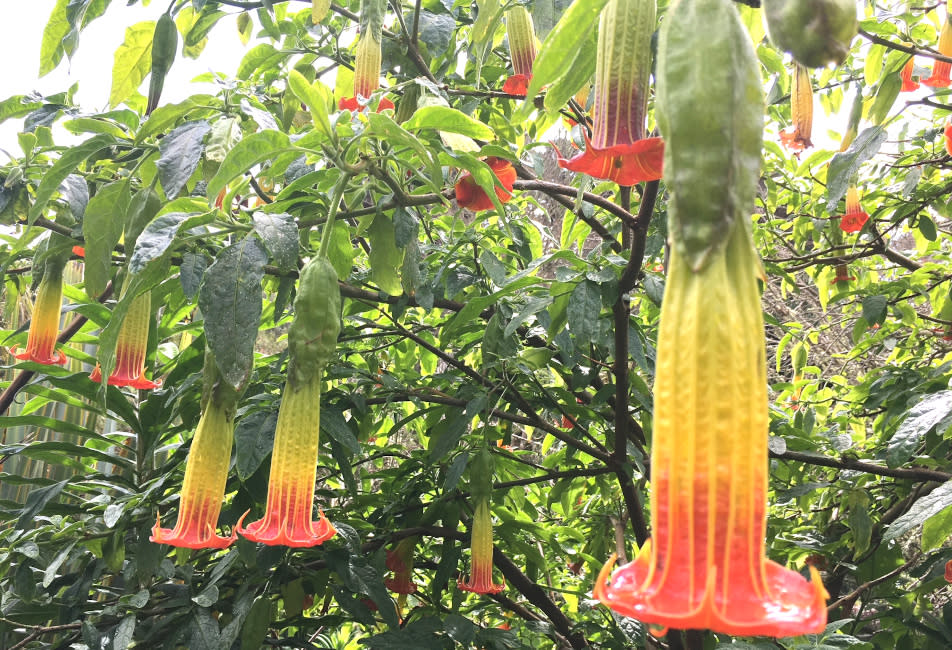
Image credit: Beautiful blooms at the hidden enclave of Carreg Dhu on St. Mary's
Carreg Dhu has become a place “that is loved by the community, cared for by the community and is allowed to thrive by the community,” she said. Anyone is welcome to help to maintain the garden and thanks to the green-fingered volunteers who do pitch in, it has become not only a place of immense relaxation on St. Mary’s, but also a space that the whole community can use and enjoy.
While Carreg Dhu is small and understated, it is Tresco Abbey Garden that is undoubtedly the largest gem in Scilly’s crown. Horticultural enthusiasts from around the world arrive to walk the cultivated terraces and marvel at the impressive collection of sub-tropical plants that bask in the warmer climate of the archipelago.
But for all the wonderful experiences found in curated gardens across Scilly, perhaps the most breath-taking ‘garden’ is to be found in the islands’ wild spaces, natural spaces – a living garden of wildflowers across the rugged cliffs and heathlands.
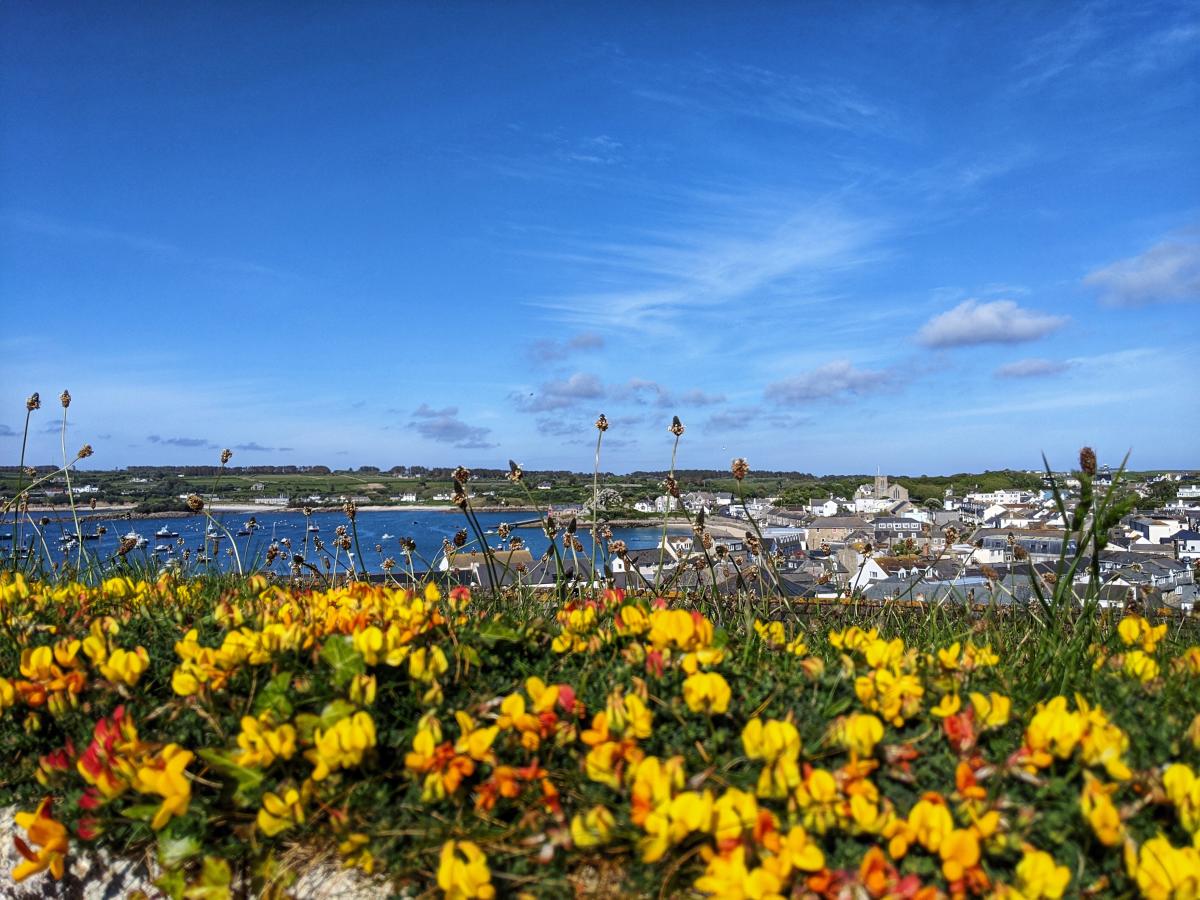
Image credit: The islands are blessed with beautiful blooms donning hedgerows and old dry stone walls
The landscape on Scilly today is the product of thousands of years of small-scale farming and agriculture – a way of life that can be traced back to Bronze Age civilisations. More recently, bigger and more exotic plants have escaped from cultivated gardens, and thrived and multiplied - often overshadowing the smaller, rare indigenous species that are inherent to the Scilly landscape.
No organisation is more aware of the necessity to maintain the right balance between old and new, indigenous plants and otherwise, than local conservation charity, the Isles of Scilly Wildlife Trust. Its small team of rangers ensures that rare species such as adder’s tongue fern, sheep’s bit, and orange birds-foot survive and aren’t overrun by the likes of pittosporum, gorse and bracken. The Trust is responsible for, amongst many other things, keeping these invasive plants under control and works closely with the islands’ farmers to achieve this. Cattle and goats are used to graze down some of the land that the Trust doesn’t have the manpower to tend to, replicating age-old agricultural practices that have now dramatically declined.
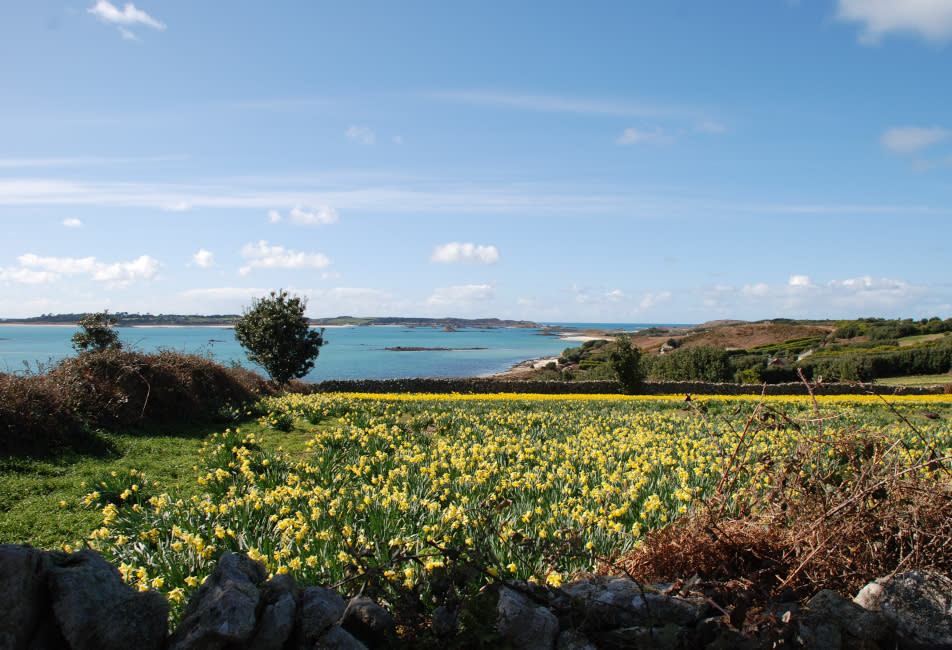
Image credit: The scented narcissi is one of the most iconic flowers grown on the archipelago
So, as you step out on your coastal walks, head for the gardens or set off across the wilder heathlands, enjoy the garden of Scilly in its entirety. Throughout the winter into early spring, scented narcissi prevail, and then from March through to September the islands come alive in a riot of colour and texture.
